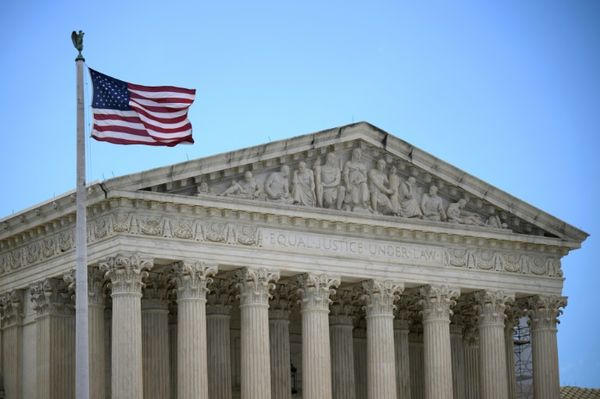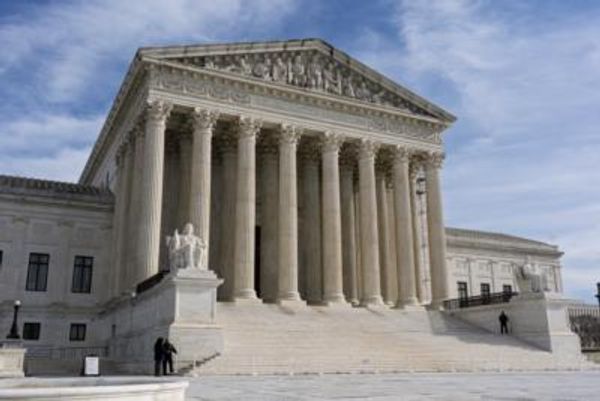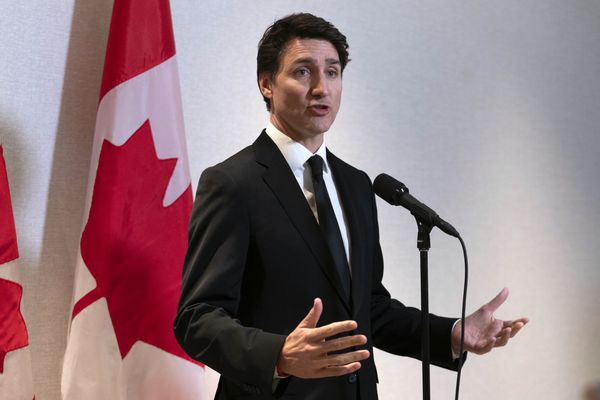
In late September, Senate Minority Leader Chuck Schumer said that “everything is on the table” if Democrats retake the U.S. Senate next month, including statehood for Puerto Rico and Washington, D.C. If Congress is going to add one or more new states, it should also consider the 230,000 Americans of Guam and the Northern Mariana Islands.
This isn’t a partisan idea. Together, Guam and the Marianas would be the ultimate swing state. (Mariana Islanders have repeatedly voted to merge with Guam as a step toward statehood.) As U.S. territories, like Puerto Rico, they currently do not get electoral votes in the presidential race. But Guam does hold nonbinding straw polls. Guamanians appear to have voted for the winner in eight out of the last 10 presidential elections: six times Democrat, four times Republican. Giving them two senators, a voting representative, and three electoral votes wouldn’t disrupt Washington’s delicate partisan balance. If anything, it would open up more space for bipartisanship, political moderation, and compromise.
The most obvious counterarguments relate to size and distance. True, Guam and the Northern Mariana Islands combined have less than half the population of the current smallest state, Wyoming. But small size hasn’t stopped territories from becoming states before: When Alaska joined the country, its population was similarly small. And although many Americans would struggle to find Guam and the Marianas on a map—they are an ocean away from the continental United States, closer to Beijing than to Honolulu—the American citizens there are not any less American. Precisely because of the enormous geographic distance, these territories have unique strategic value—and are also uniquely vulnerable.
Guam has been a possession of the United States since the Spanish-American War in 1898. Imperial Japan seized it on Dec. 8, 1941, hours after it attacked Pearl Harbor. Three years later, the Allies retook Guam, along with the rest of the Marianas. Of the 128,000 U.S. troops who took part in this campaign, known as Operation Forager, 8,125 were killed or lost. But their sacrifice was not in vain. After the U.S. Navy liberated the islands, it built the airfields off of which it bombed Japan, sealing the Allied victory in World War II. Ever since, much to the frustration of Chinese military strategists, U.S. bases in Guam have been the bedrock of the regional security order.
Guam is at risk, and more so with each passing year. U.S. military installations make up almost a third of the island’s land area. Military personnel and their families are deeply interlinked with the local economy. Yet the territory itself is not formally incorporated into the United States. The notion that Guam is “just a military base” makes it a more attractive target for U.S. adversaries that would not dare target an American state like Hawaii.
In a conflict in the Pacific, Guamanian civilians could be among the first American casualties. In 2016, when China’s DF-26 intermediate-range missiles became operational, Chinese social media commentators dubbed them “Guam killers.” In 2017, when U.S. President Donald Trump threatened North Korea with “fire and fury,” Pyongyang threatened to strike near Guam with “enveloping fire.” These are credible threats. Guam is well within range of North Korea’s Hwasong-12 missiles.
But the strategic logic for making Guam a state is about much more than defense. Statehood would be a powerful statement that Washington is committed to defending the “free and open” rules-based order in the Indo-Pacific region. It would help the diplomatic effort to prevent the Philippines, a key U.S. ally in the South China Sea, from completing its strategic pivot toward alignment with China. (In 2016, on a trip to Beijing, Philippine President Rodrigo Duterte announced his “separation from the United States,” proclaiming that “America has lost” economic and military supremacy in the Western Pacific.) Guam statehood would also reassure Japan, South Korea, and Taiwan that the United States will come to their aid in a crisis.
Finally, statehood for Guam and the Northern Marianas would send a powerful message to Beijing. Although Chinese diplomats and scholars deny it, China ultimately seeks to drive the United States out of Asia. Washington must make clear that Beijing will never succeed.
After the success of Operation Forager in 1944, two Marines were photographed on a Guamanian beach, proudly holding up a sign. “Marines salute Coast Guard for their big part in the invasion of Guam,” it read. “They put us here and we intend to stay.” Nearly eight decades later, Congress should take note. The United States is a Pacific power. By making Guam a state, lawmakers can ensure that it always will be.







